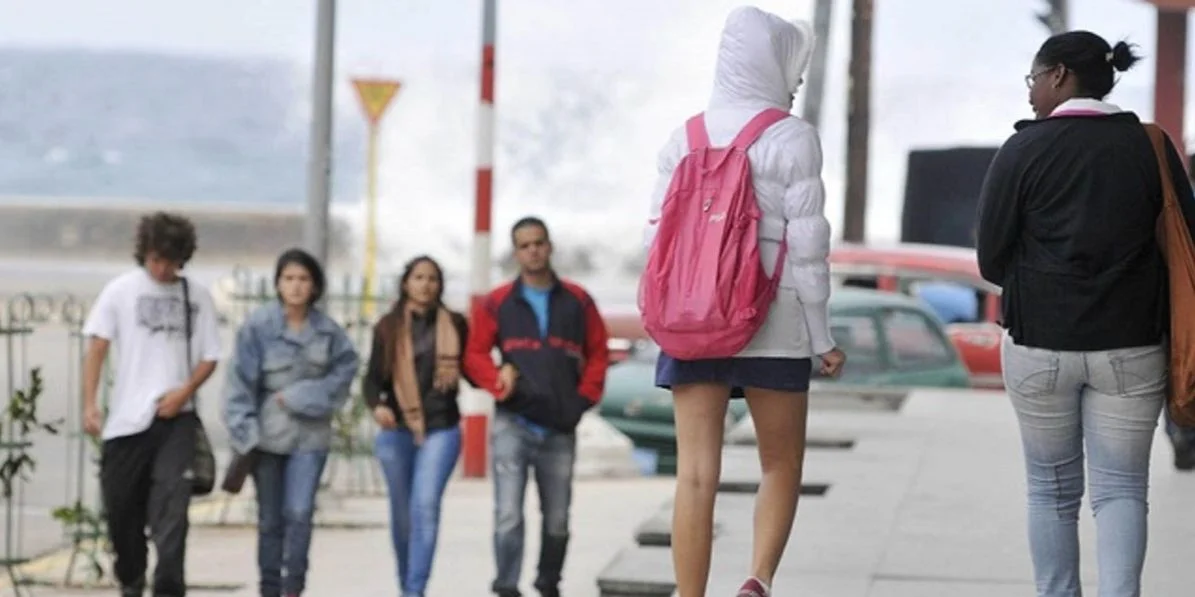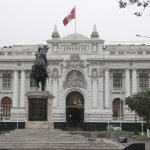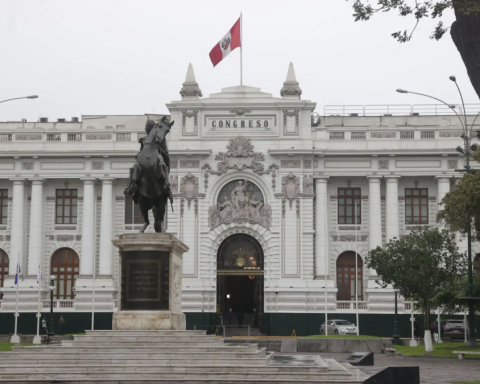MIAMI, United States. – A marked cooling of maximum and minimum temperatures will take place from Tuesday night in the western and central regions of the Island, caused by the arrival of a very cold air mass, of Arctic origin, according to the Forecast Center. of Time (INSMET).
Dr. Miriam Teresita Llanes Monteagudo, head of the Forecast Center of the Institute of Meteorology, explained to the state newspaper Granma that during the early morning hours of January 8, 9 and 10, “values below 10 degrees Celsius” could be recorded, both in inland areas and on the southern coast of the western and central regions.
The specialist added that “specific records in the order of 7 degrees and even lower are not ruled out, if clear skies with weak winds prevail at night.”
According to long-term projections, winter conditions could extend through much of the first half of January; a traditionally colder period, which together with February makes up the two months of lowest temperatures on the Island. The national record for minimum temperature was established on February 18, 1996, when the thermometer dropped to 0.6 degrees Celsius in Bainoa, province of Mayabeque.
In your forecast for this TuesdayINSMET anticipated that cloudy weather will predominate in the western region and isolated showers could occur, mainly on the northern coast. Meanwhile, in the center and the east it will dawn partially cloudy, with cloudiness increasing in the afternoon with isolated rains in the central region and the extreme east.
Maximum temperatures in the afternoon will range between 22 and 25 degrees Celsius in the west and between 26 and 29 degrees in the rest of the country. At night, in the western region, values between 16 and 19 degrees are forecast, and even lower in inland areas, while in the central and eastern regions they will range between 19 and 22 degrees.
The meteorological entity also specified that the winds will blow from the north in the west and center of the national territory, with speeds between 10 and 25 kilometers per hour, higher on the north coast, where storm surges are expected; In the rest of the coast, calm seas will predominate, with waves increasing to little on the southern west and center coast during the afternoon.
The scientific institution recommended that the population remain attentive to the next official reports, as well as adopt the usual precautions for noticeably cold temperatures, with special care for vulnerable people in areas prone to very low records.

















